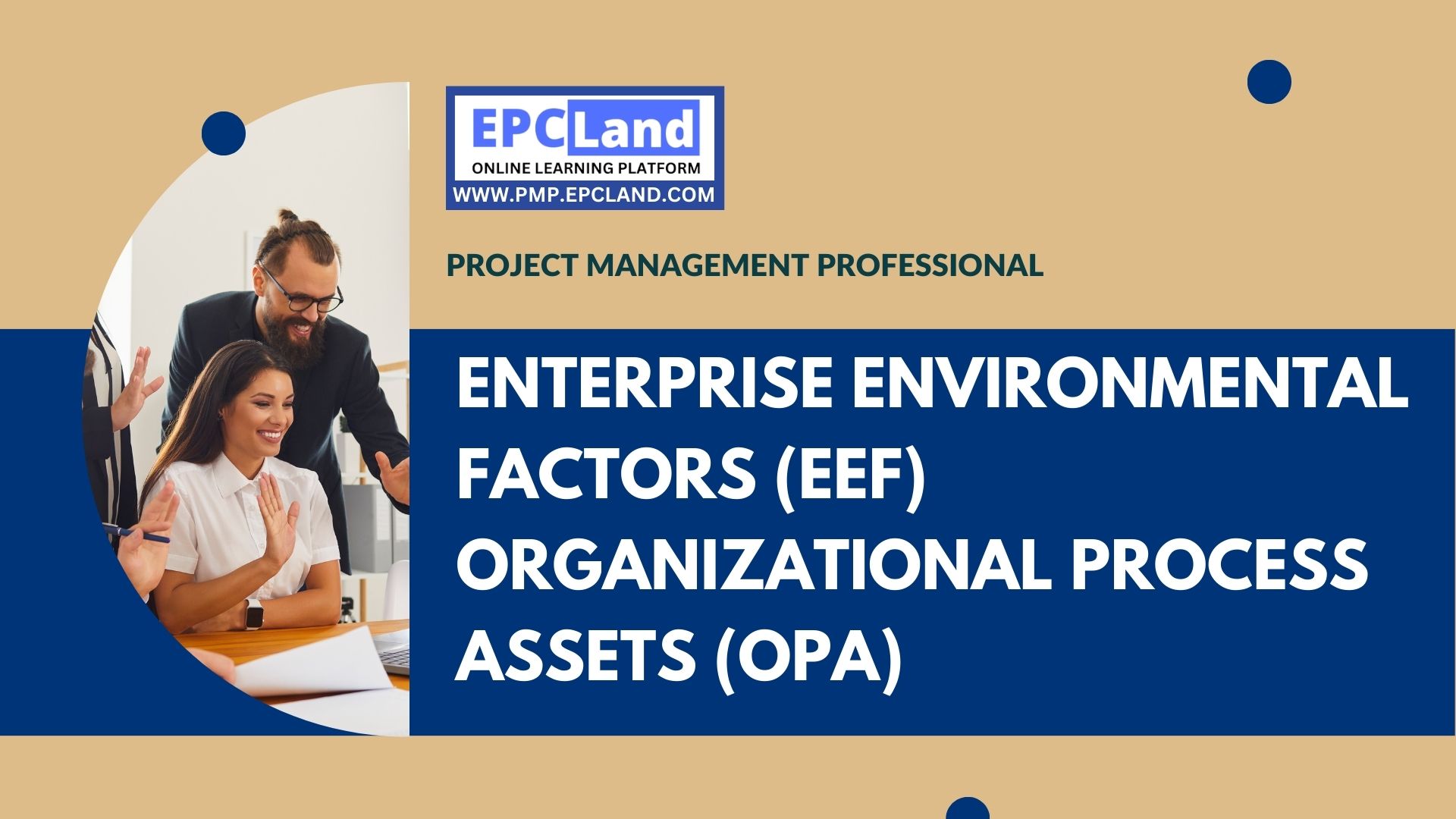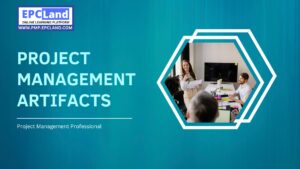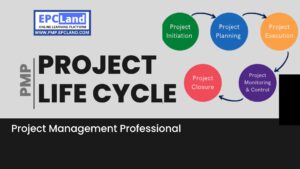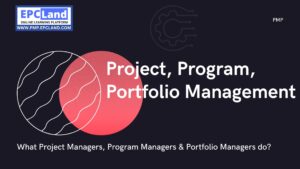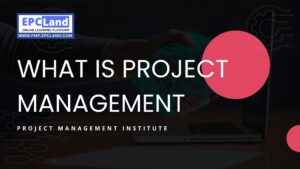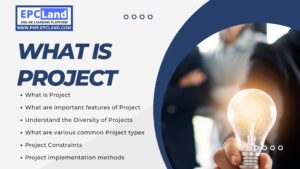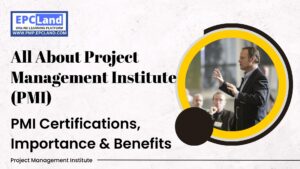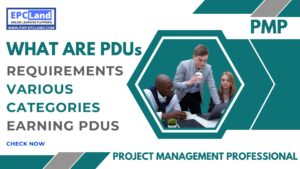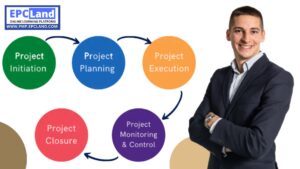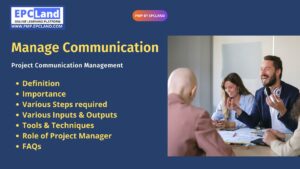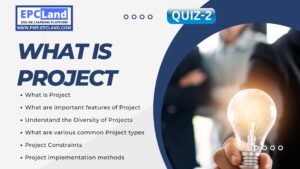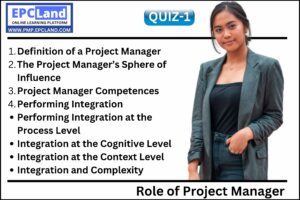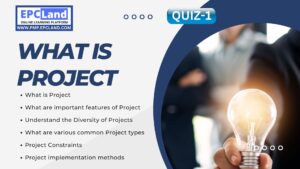Although the project is of limited duration, it does not run in isolation. Work in a controlled environment and are subject to Enterprise Environmental Factors (EEF) and Organizational Process Assets (OPA).
The Project Management Institute calls them influencers. Business environment factors can be internal or external, but an organization’s process assets are always internal to the organization.
Business environment factors and organizational process resources are detailed in the PMBOK Guide and are inputs to almost all processes. You should be familiar with EEF and OPA.
The concepts are simple, but many PMP candidates do not understand them and often make mistakes on the exam.
Note that you may see direct questions on these topics on your exam, but a better understanding of the EEF and OPA will definitely help your exam.
Don’t Miss the 1000+ MCQ questions & hundreds of quizzes on PMP Knowledge Areas and Various important sections.
Table of Contents
ToggleEnterprise Environmental Factors (EEF)
First, before discussing the environmental factors of a company, we need to understand the word “environment”.
The environment can be defined as relating to the natural world and the effects of human activity and its conditions, or to the culture in which a person lives and the people and institutions with which they interact (Wikipedia).
We live in an environment that influences our behavior in some way.
For example, in cold weather, you should wear woolen clothes to keep warm. Cold weather is the ‘environment’ that forces us to cover ourselves with woolen clothes. This is how cold environments affect us.
Now let’s turn to operational environment factors.
Business environment factors are those influences that are not under the control of the organization or project management team and that affect the organization, projects and their outcomes. All organizations must exist and function within the EDF.
These influences can have a positive or negative impact on project constraints, but the impact is often negative. Business environment factors can be either internal or external.
Examples of external operating environment factors are:
- government restrictions
- market conditions
- external political situation
- Industry standard
- legal restrictions
Examples of corporate environmental factors are:
- Corporate culture
- Type of organizational structure
- internal political situation
- available resources
- infrastructure
Organizational Process Assets (OPA)
An asset is defined as a useful or valuable unit or property owned by an individual or entity that has value and is available to satisfy a debt, obligation, or estate.
An asset is something that you own, keep, and can use at any time.
There are many examples of assets. A car to help you get around, a house to live in, a computer to work with, the list is endless.
Similarly, organizations also have assets that help them achieve their goals. We refer to these assets as the organization’s process assets. These OPAs are input into almost every process in the PMBOK guide. The project management team can modify these OPAs as per their requirements.
Once the project is complete, these organizational process assets can be stored in a central repository for use in future projects as needed.
Organizational process assets can be divided into two categories.
The first concerns processes, policies, and procedures for performing tasks such as:
- guidelines
- procedure
- default template
- General guidelines
Project management teams typically cannot update or change these fields, as they are provided by your organization. However, project managers can provide feedback and suggestions, and senior management can make updates or change decisions.
The second category includes enterprise knowledge bases for storing and retrieving information. for example:
- hazard register
- lesson learned
- Stakeholder registration
- Past project file
- historical information
These organizational process assets influence project success and continue to grow with the size of the organization.
Differences between organizational process resources and business environment factors (EEF and OPA)
There are many differences between an organization’s process resources and a company’s environmental factors.
Organizational process assets help organizations improve processes, project management teams learn, and share best practices by leveraging a collective knowledge base.
Business environment factors, on the other hand, may or may not be helpful to an organization. These are terms that the organization must operate and are not under the control of the project management team.
For example, if the government increases taxes, it will adversely affect profits. However, if you reduce your taxes, your profits will increase. In addition, corporate environmental factors cannot be easily changed. you have to live with them. Organizational process assets can be customized based on suitability to make life easier for project management teams.
It is important to note that an organization’s process assets will always support project teams, but operational environmental factors can support or hinder them.
Conclusion:
Business environment factors such as the following are often out of your control: B. Changes in political climate or tax rates. However, effective planning and management practices can help improve decision-making and minimize the negative impact of EDF through early response.
An organization’s process assets, on the other hand, are the organization’s records and knowledge base that affect its success. Systematic storage and archiving of records makes the work of the project team more efficient. This article examines both operational environment factors and organizational process asset concepts. Please note that these concepts are important from the perspective of the PMP certification exam as they relate to the project integration management process.
Don’t Miss the 1000+ MCQ questions & hundreds of quizzes on PMP Knowledge Areas and Various important sections.
